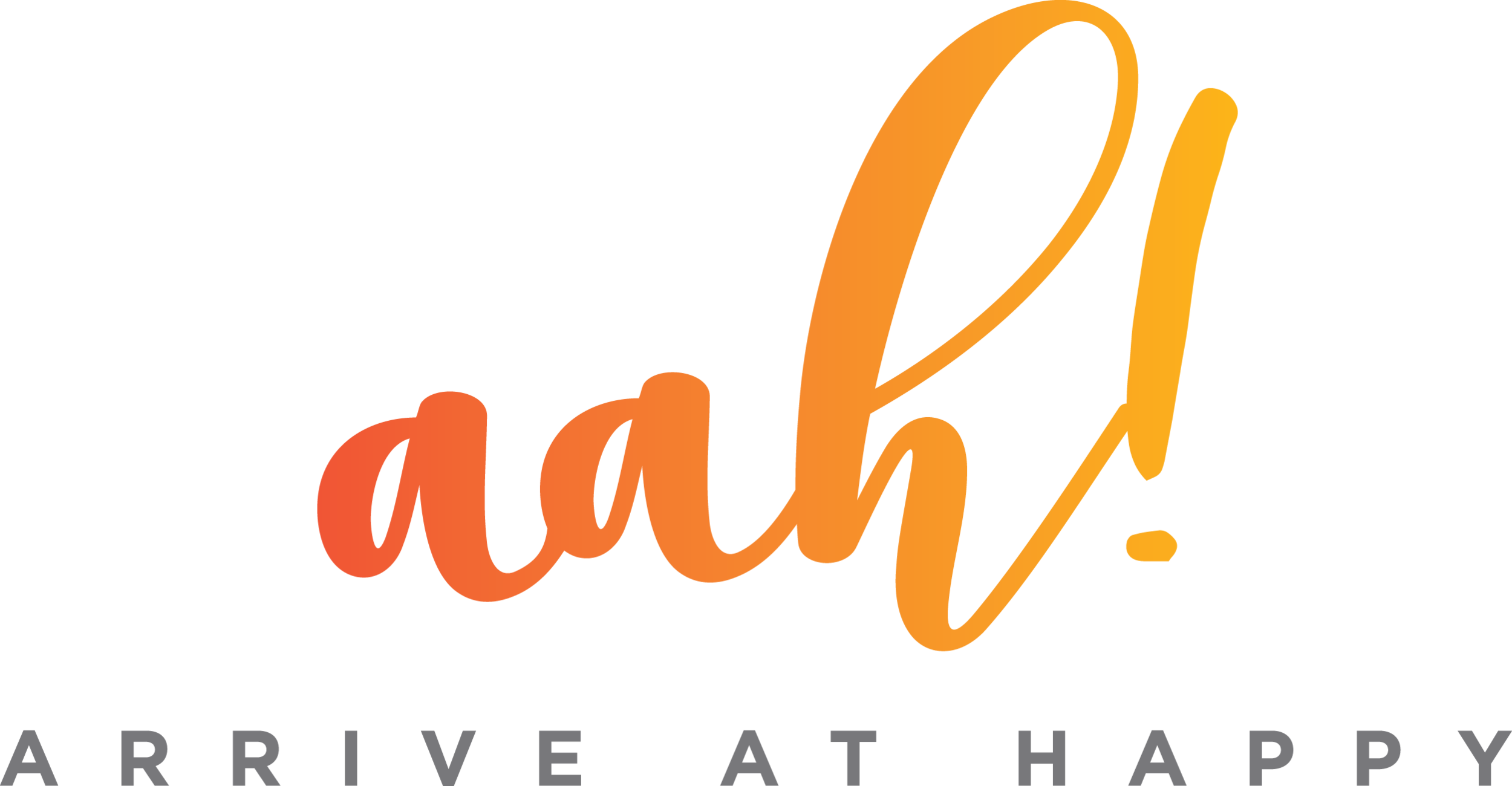Help Your Team Achieve Work Life Balance
Regardless of their profession, people are searching for more balance. On a scale of one to ten, how balanced do you feel with your work and personal life? Do you feel like the idea of work-life balance is unattainable? Arianna Huffington's term life-work integration may resonate with you more than work-life balance, as it is only sometimes feasible to split your personal and professional life equally.
As a leader, it is essential to prioritize life-work integration because you and your team must be in sync to be successful. When you are out of sync or unbalanced, you are easily overwhelmed, chronically stressed, fatigued, have high anxiety, or are always tired. Being out of balance will impact your work performance, relationships, and personal life. Balanced people perform more optimally and get better results.
Below are five strategies to help you and your team achieve life-work integration to feel more balanced, get the best out of you and your team, and help increase workplace happiness.
Understand each team member's goals and priorities in work and their personal life. Sit down with each team member and ask them specific questions to help them identify what they should prioritize to help establish boundaries. Some questions to consider are: what are your top three goals? What are you trying to accomplish in your personal life? What are your priorities? The list should be manageable as you want people to be focused, have alignment, and have clarity.
Share with your whole team the emotional and psychological career benefits of having balance in your life. When people are balanced, they get enough sleep, have enough time to connect with their kids, and have time for some hobbies. Balanced people are happier, more productive, more creative, and more innovative.
Be okay with saying "not right now" or "no." People must be comfortable saying something does not align with their top priorities. Or say no when requests will not move them the fastest towards achieving desired business results.
Help with balance. Teach your team there is an upside to stress. Stress is not just negative. Stress in short periods improves your cognitive functioning, helps with decision-making, increases motivation, and can strengthen your immune system. Talk about stress recovery. Encourage your team to take a break, walk, and not eat lunch at their desk. Stress recovery needs to be an integral part of your culture; you need to model it and talk about it.
Walk the walk. You must be an example of life-work integration. You must share how you are prioritizing family time, how you are prioritizing exercise and sleep and getting nutritious food, how you are prioritizing time with friends, family, and hobbies, and how you are relaxing. Be a model of how to achieve balance and success for your team.
Remember, happy and balanced people are successful people. The strategies above are just a few things that help you achieve life-work integration. Contact Tia today to learn practical strategies to help you improve your personal and professional happiness.
Arrive At Happy's mission is to inspire transformation through the science of happiness. Tia Graham, founder, partners with organizations and individuals to increase their daily happiness and success in all areas of their lives. Relying on science-backed empirical data, she has gained the insight needed to prove and teach that happiness indeed leads to success.
Tia has a Certificate in Happiness Studies and a Certificate in Teaching Happiness from Harvard's Tal Ben-Shahar and The Happiness Studies Academy. She is a Certified Chief Happiness Officer from Woohoo Inc., Europe's premier Happiness at Work organization.
